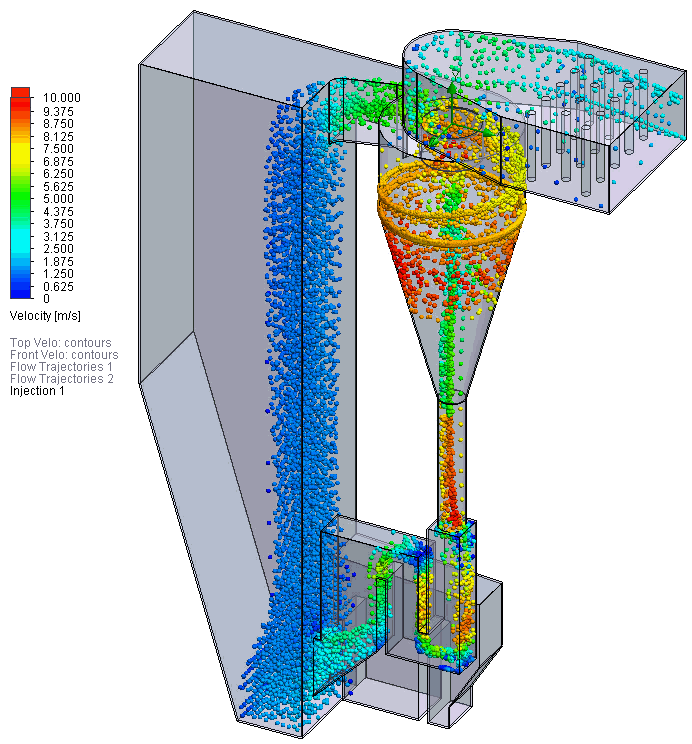
ENGINEERING
We will help you to solve
non-linear issues
The analysis of the causes of destruction of a structure or a mechanical component must take into account the actual nature of the deterioration recorded and the degree of fineness being sought. By offering a wide range of models and analysis tools from the most widely tested to the most exploratory. We covers the wide range of problems of damage, fracture, fatigue and limit loads

Nonlinear Simulations

The solid mechanics tool offers various material models. For advanced applications beyond yielding, it extends several inelastic material models enabling you to see the effects of plasticity, creep and damping in a structure. All types of nonlinearities can also be taken into account, including geometric, contact, and material nonlinearity.
Fatigue Analysis

Most failures of industrial components in normal operation are due to fatigue. Its latent nature is only equalled by its noxiousness, which is why the evaluation of this type of phenomenon is important from the design stage. Depending on the type of fatigue (low cycle fatigue , high cycle fatigue, etc.) the type of stresses (deterministic, random, periodic, multiaxial, distortions, etc.)
Fluid Flow

CFD simulations are used to solve complex flow equations with accurate numerical methods, powerful turbulence models, and intensive computing power are required. SimScale offers everything in one tool, for both steady and transient simulations, with multiple turbulence models, including k-omega SST and k-epsilon. Pipes, cyclone separators, smoke propagation or cleanroom design are among the applications.
Heat Transfer

The Heat Transfer module takes into account the energy balance of the system. When investigating thermomechanical components, the effects of thermal loads on solids can also be included. For many industrial applications, simulating the stress response to thermal loads and understanding failure is essential. Heat Transfer module allows you to simulate coupled heat transfer in fluids.
Vibrations

We use the frequency analysis to determine the eigenfrequencies (eigenvalues) and eigenmodes (mode shapes) of a structure due to vibration. The results are important parameters to understand and model structures which are subject to dynamic loading conditions. Additionally, a harmonic analysis can show the peak response of a system under a load in a given range of frequencies
Structural Analysis

Finite Element Analysis enables to perform simulations of structures, including linear static and nonlinear quasi-static analyses. In a linear case with applied static loads, the structural response can be determined in a single step. For advanced applications beyond yielding, it extends several inelastic material models enabling you to see the effects of plasticity.